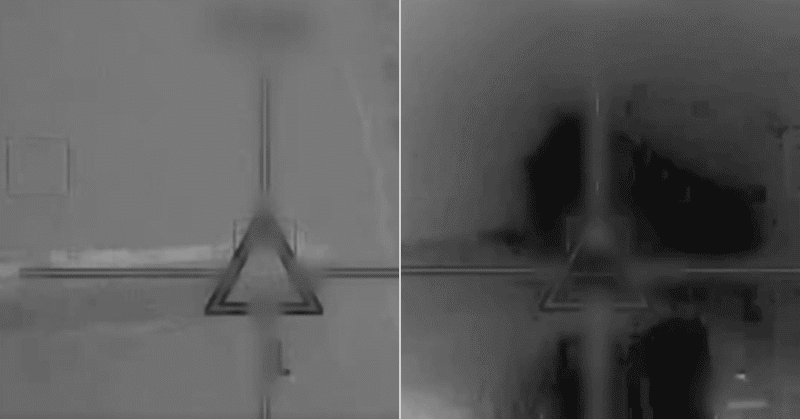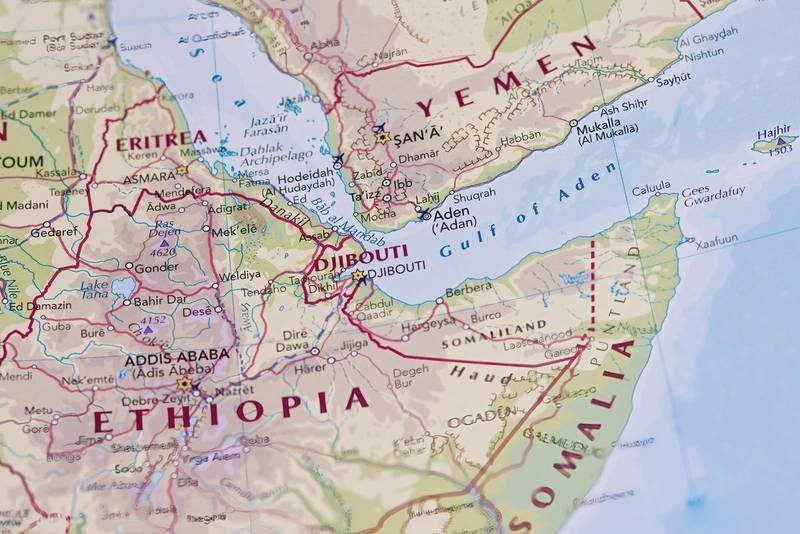The anticipated Israeli retaliatory strike against Iran on October 26 was not as extensive as some had hoped, but it may still be effective in halting the cycle of retaliatory attacks between the two countries. The Israeli operation avoided Jordanian airspace and instead flew over Syria before launching long-range cruise missiles at targets in Iran over Iraqi airspace. The Iraqi Air Force, still developing its air defense capabilities, may have been unable to interfere with the Israeli intrusion due to Israeli electronic warfare assets.
The Israeli attack likely targeted Iranian air defense assets in the first wave, followed by strikes on missile and drone production facilities in subsequent waves. Around 100 aircraft were reportedly involved, with approximately 80 likely launching cruise missiles at about 20 targets. Strikes were reported in Tehran, Karaj, Isfahan, and Shiraz, with one target being a metal fabrication plant associated with missile and drone production in Tehran.
Further analysis of the targets will be conducted in the coming days, using satellite imagery and social media posts from Iranians. The Israeli attack likely aimed to disrupt critical nodes in Iranian infrastructure, potentially including facilities related to the Iranian nuclear weapons program. By warning Iran before the attack and limiting the damage, Israel may have sought to persuade Iran to de-escalate the situation. The effects of the operation and Iran’s response will become clearer in time.


















